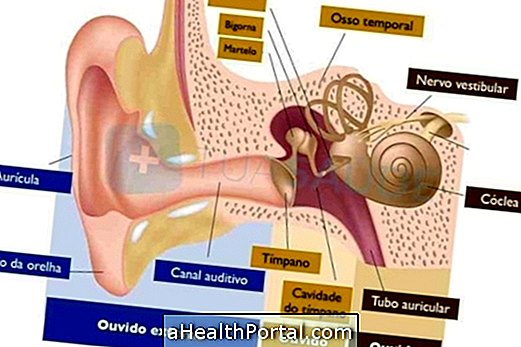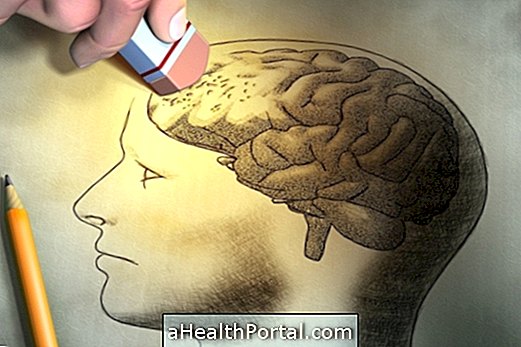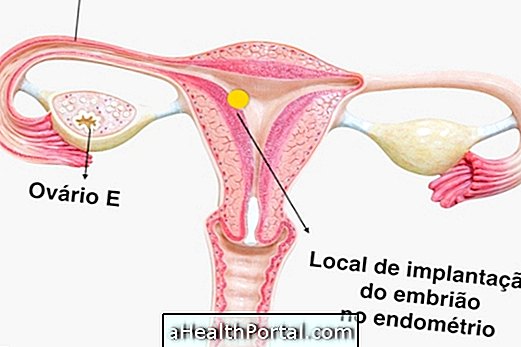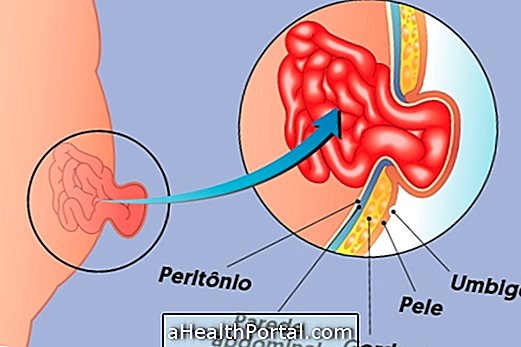Amyotrophic lateral sclerosis, also known as ALS, is a degenerative disease that causes the destruction of neurons responsible for the movement of voluntary muscles, leading to progressive paralysis that ends up preventing simple tasks such as walking, chewing or speaking, for example.
Over time, the disease causes a decrease in muscle strength, especially in the arms and legs, and in more advanced cases, the affected person is paralyzed and their muscles begin to atrophy, becoming smaller and thinner.
Amyotrophic lateral sclerosis has no cure yet, but treatment with physiotherapy and medications, such as Riluzole, help to delay the progression of the disease and maintain as much independence as possible in daily activities. Find out more about this medicine used in the treatment.
.jpg)
Muscular atrophy of the legs
Main symptoms
The first symptoms of ALS are difficult to identify and vary from person to person. In some cases it is more common for the person to start tripping over carpets, while in others it is difficult to write, lift an object or speak correctly, for example.
However, with the progress of the disease, the symptoms become more evident, coming to exist:
- Decreased strength in the throat muscles;
- Frequent spasms or cramps in the muscles, especially in the hands and feet;
- Thicker voice and difficulty in speaking louder;
- Difficulty in maintaining a correct posture;
- Difficulty speaking, swallowing or breathing.
Amyotrophic lateral sclerosis appears only in motor neurons, and, therefore, the person, even developing paralysis, manages to maintain all his senses of smell, taste, touch, vision and hearing.
_2.jpg)
Muscular atrophy of the hand
How the diagnosis is made
The diagnosis is not easy and, therefore, the doctor can do several tests, such as computed tomography or magnetic resonance imaging, to rule out other diseases that may cause a lack of strength before suspecting ALS, such as myasthenia gravis.
After the diagnosis of amyotrophic lateral sclerosis, the life expectancy of each patient varies between 3 and 5 years, but there have also been cases of greater longevity, such as Stephen Hawking who lived with the disease for more than 50 years.
Possible causes of ALS
The causes of amyotrophic lateral sclerosis are not yet fully understood. Some cases of the disease are caused by an accumulation of toxic proteins in neurons that control the muscles, and this is more frequent in men aged between 40 and 50 years. But in a few cases, ALS can also be caused by an inherited genetic defect, eventually passing from parents to children.
How the treatment is done
The treatment of ALS must be guided by a neurologist and, usually, it is initiated with the use of the drug Riluzole, which helps to reduce the lesions caused in neurons, delaying the progress of the disease.
In addition, when the disease is diagnosed in its early stages, the doctor may also recommend physical therapy treatment. In more advanced cases, analgesics, such as Tramadol, can be used to reduce discomfort and pain caused by muscle degeneration.
As the disease progresses, the paralysis spreads to other muscles and eventually ends up affecting the breathing muscles, requiring hospitalization to breathe with the help of devices.
How is physiotherapy done
Physiotherapy for amyotrophic lateral sclerosis consists of the use of exercises that improve blood circulation, delaying the destruction of muscles caused by the disease.
In addition, the physiotherapist can also recommend and teach the use of a wheelchair, for example, to facilitate the daily activities of the patient with ALS.
Was this information helpful?
Yes No
Your opinion is important! Write here how we can improve our text:
Any questions? Click here to be answered.
Email in which you want to receive a reply:
Check the confirmation email we sent you.
Your name:
Reason for visit:
--- Choose your reason --- DiseaseLive betterHelp another personGain knowledge
Are you a health professional?
NoMedicalPharmaceuticalsNurseNutritionistBiomedicalPhysiotherapistBeauticianOther

























